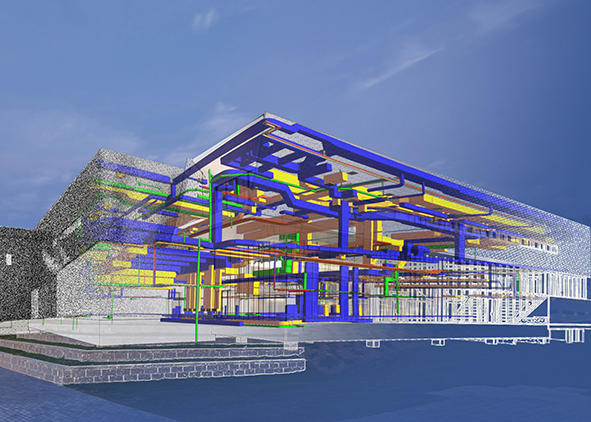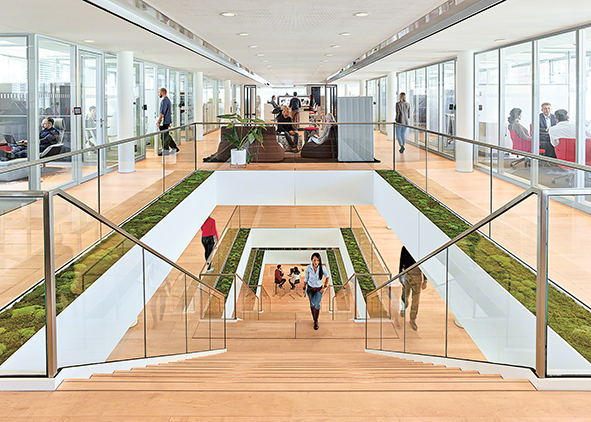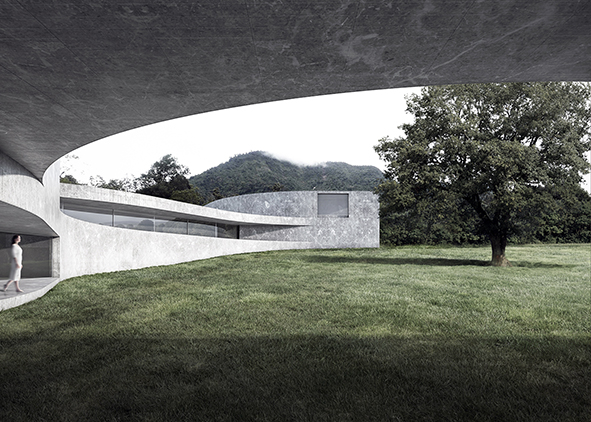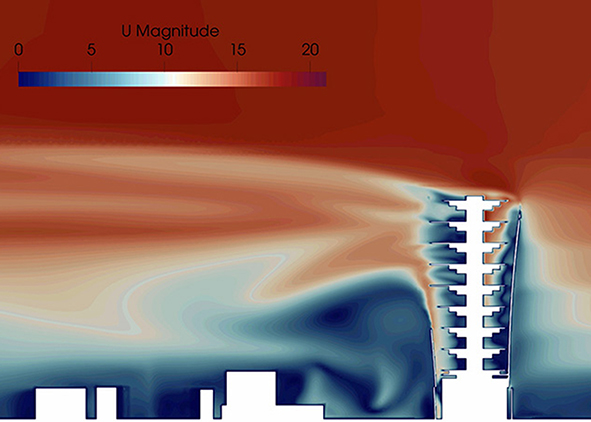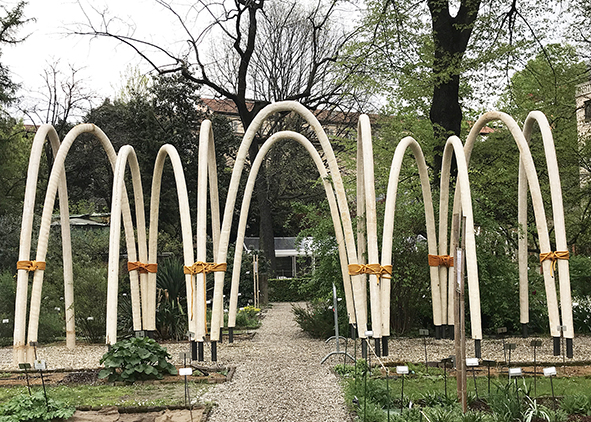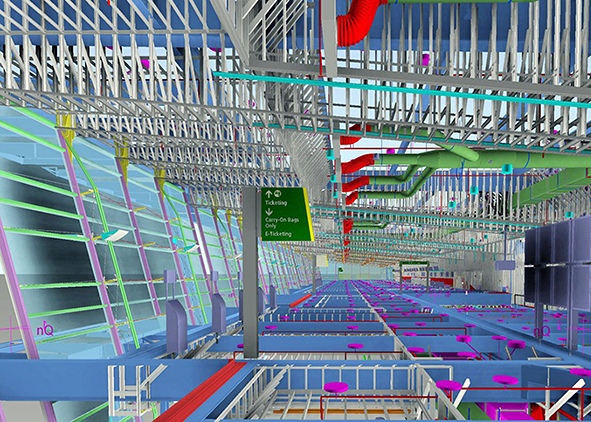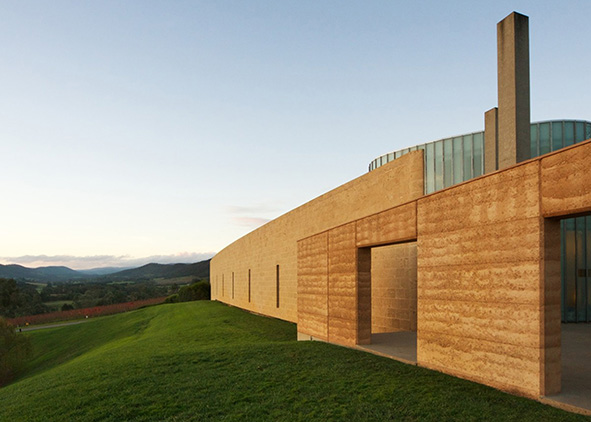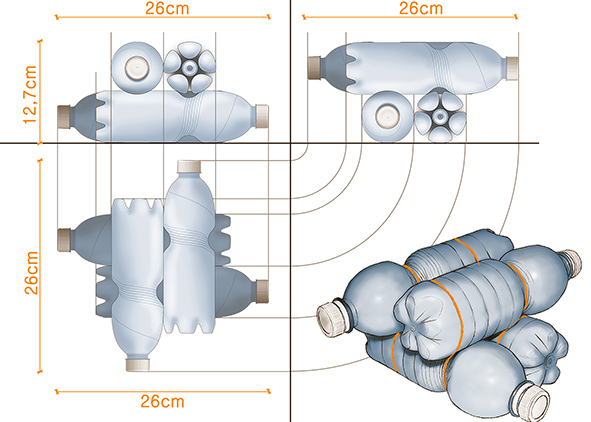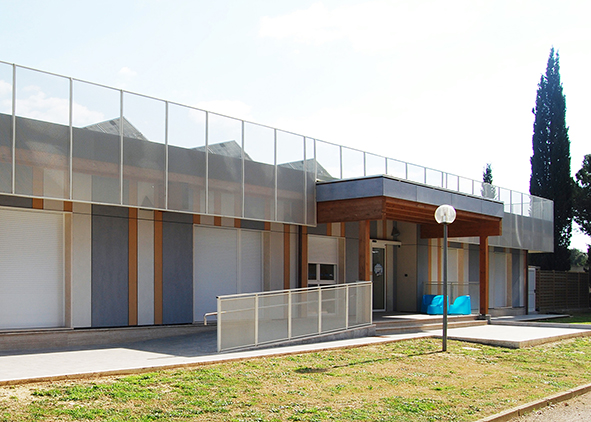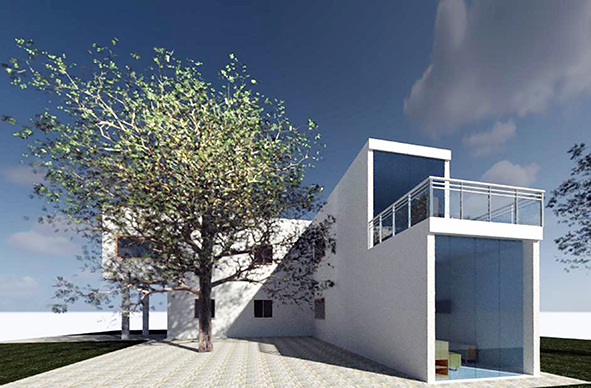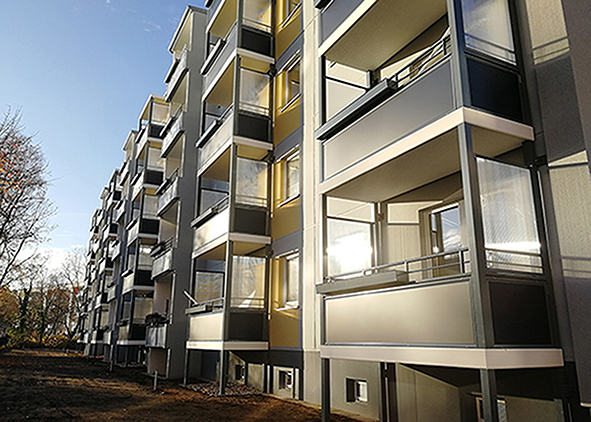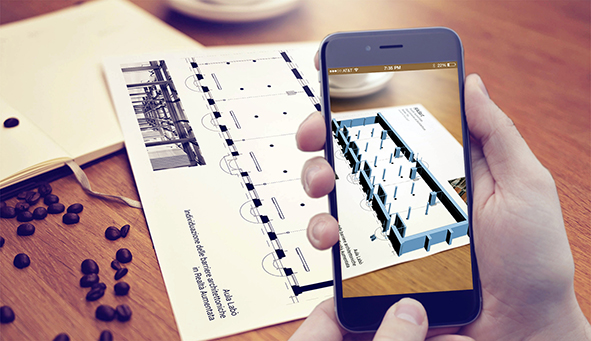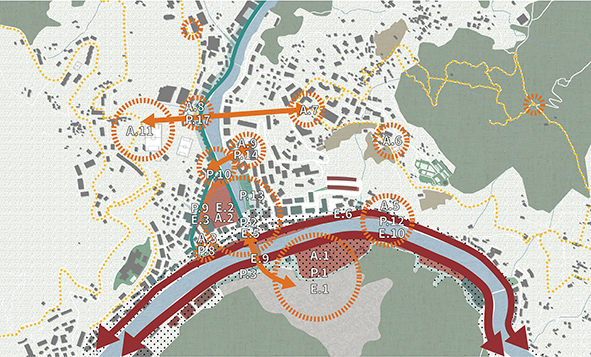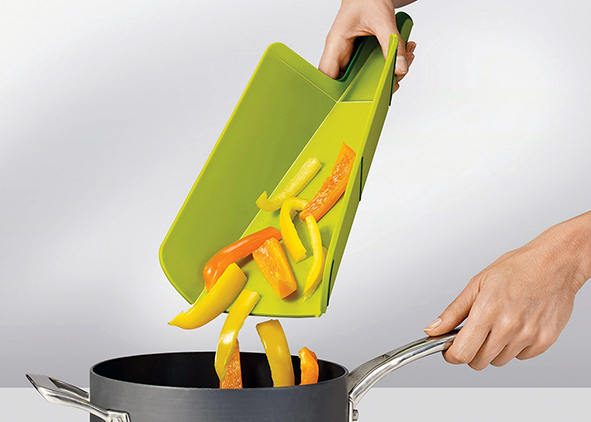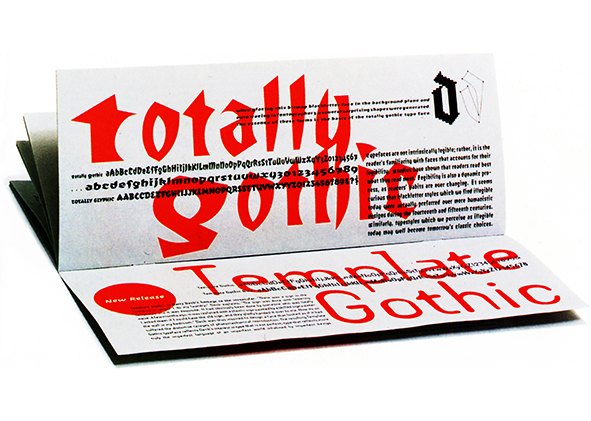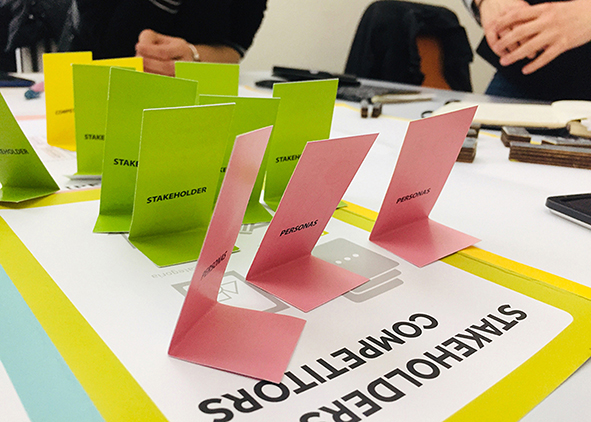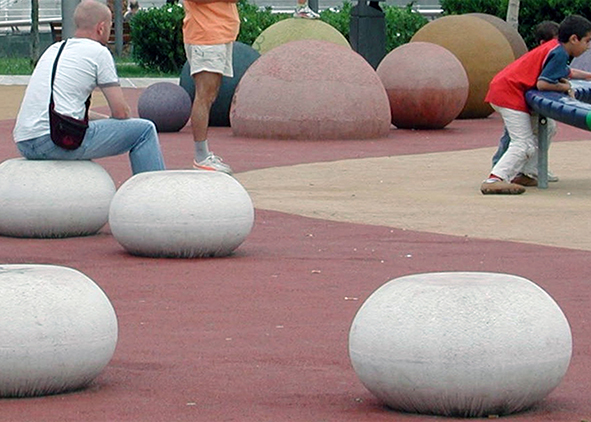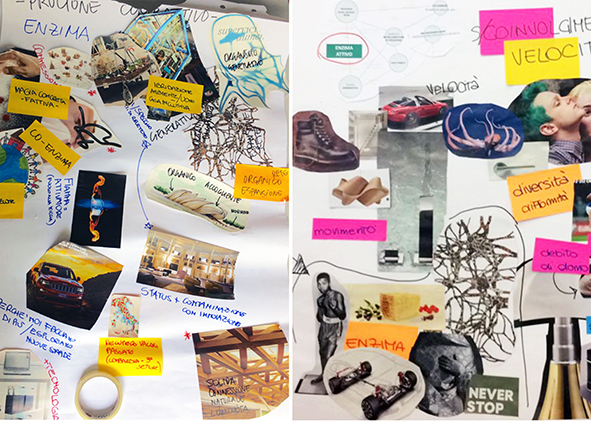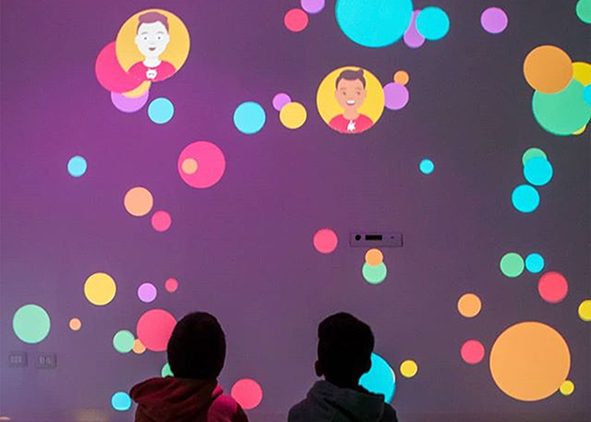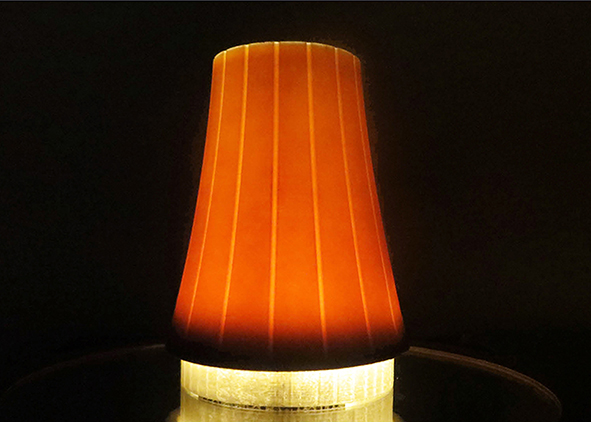
AGATHÓN
International Journal
of Architecture, Art and Design
ISSN (online) 2532-683X
ISSN (print) 2464-9309
V. 5 (2019): PRO-INNOVAZIONE | PROCESSO PRODUZIONE PRODOTTO

L’inizio del terzo millennio ha avviato un’era di cambiamenti senza precedenti per le città, l’architettura e il design. Fattori economici, sociali e ambientali hanno stimolato e condizionato negli ultimi due decenni la ricerca e la produzione verso sostanziali cambiamenti di paradigma, orientandola verso nuove sfide per realizzare sistemi urbani, edifici e oggetti più intelligenti, più resilienti, più responsivi e adattivi, più efficienti e più sostenibili – dal nearly Zero Energy Buildings (nZEB) fino al Positive Energy Architecture (PEA) – progettati e realizzati più velocemente, con costi inferiori e con un impatto positivo sull’ambiente, sulla società, sulla salute e sulla produttività, in una parola più innovativi. È opinione condivisa che l’innovazione sia oggi più che mai lo strumento attraverso cui è possibile uscire dalla crisi economica globale, mirare alla prosperità economica e al miglioramento della qualità della vita, aumentare la produttività, favorire la competitività, sostenere la sfida della globalizzazione e della sostenibilità ambientale, sia essa di livello ‘incrementale’ (miglioramento di un processo produttivo già esistente) sia ‘radicale’ (tale da introdurre un nuovo metodo o sistema produttivo che non ha eguali nel passato).
Alla luce di quanto sopra, AGATHÓN si è proposta di affrontare il tema ‘Pro-Innovazione | Processo Produzione Prodotto’ con l’obiettivo di raccogliere saggi e riflessioni critiche, ricerche e sperimentazioni, progetti e realizzazioni (di nuove architetture, interventi di recupero e restauro, arte e design) che potessero costituire casi esemplari per innovazione, sostenibilità e inclusione sociale, declinando il tema sulla: 1) Innovazione di Processo, come sequenza e modelli di organizzazione, di gestione e di controllo delle fasi di processo, come metodologie operative (ideative, compositive/progettuali, produttive, realizzative, di esercizio, gestionali e di dismissione dell’opera/prodotto) dell’intero ciclo di vita del manufatto, come apparati normativi, nuove figure professionali e competenze tecniche, modalità di coinvolgimento degli operatori e degli utenti nei diversi step decisionali, ecc.; 2) Innovazione di Produzione, come strumenti funzionali all’ottimizzazione delle varie fasi del processo di produzione tra cui macchinari e robotica per la fabbricazione digitale (fresatura CNC, taglio al laser, stampa 3D, ecc.), per la prototipazione e per la prefabbricazione, relativa a software di analisi e di progettazione e simulazione (anche con realtà virtuale) CAD e CAM, BIM, digitale, parametrica, algoritmica e generativa, ambientale, strutturale, energetica e termica; tecniche e tecnologie costruttive d’istallazione e di assemblaggio, ecc.; 3) Innovazione di Prodotto, come materiali/componenti/oggetti intelligenti, avanzati e compositi, riciclabili e sostenibili, nanostrutturati, a memoria di forma, a cambiamento di fase e autoriparanti, responsivi e adattivi, dal basso costo, dal contenuto impatto ambientale e dalle elevate prestazioni, come apparecchiature di automazione, di rilevamento, di gestione e di controllo per l’ottimizzazione delle prestazioni, come tecnologie ‘passive’ per involucri efficienti, tra cui i sistemi di ventilazione e raffrescamento naturale, di recupero, di stoccaggio e riciclo dell’acqua, di produzione di energie rinnovabili off-grid.
Una varietà di proposte e di nuove visioni del processo, della sua gestione e della produzione edilizia, che indica nuove strade d’innovazione e di figure professionali, ma nello stesso tempo fanno riflettere anche sulla perdita (forse) di una conoscenza culturale e tecnologica che vedeva il progettista detentore di un sapere globale che oggi sembra essere sempre più frammentato.
